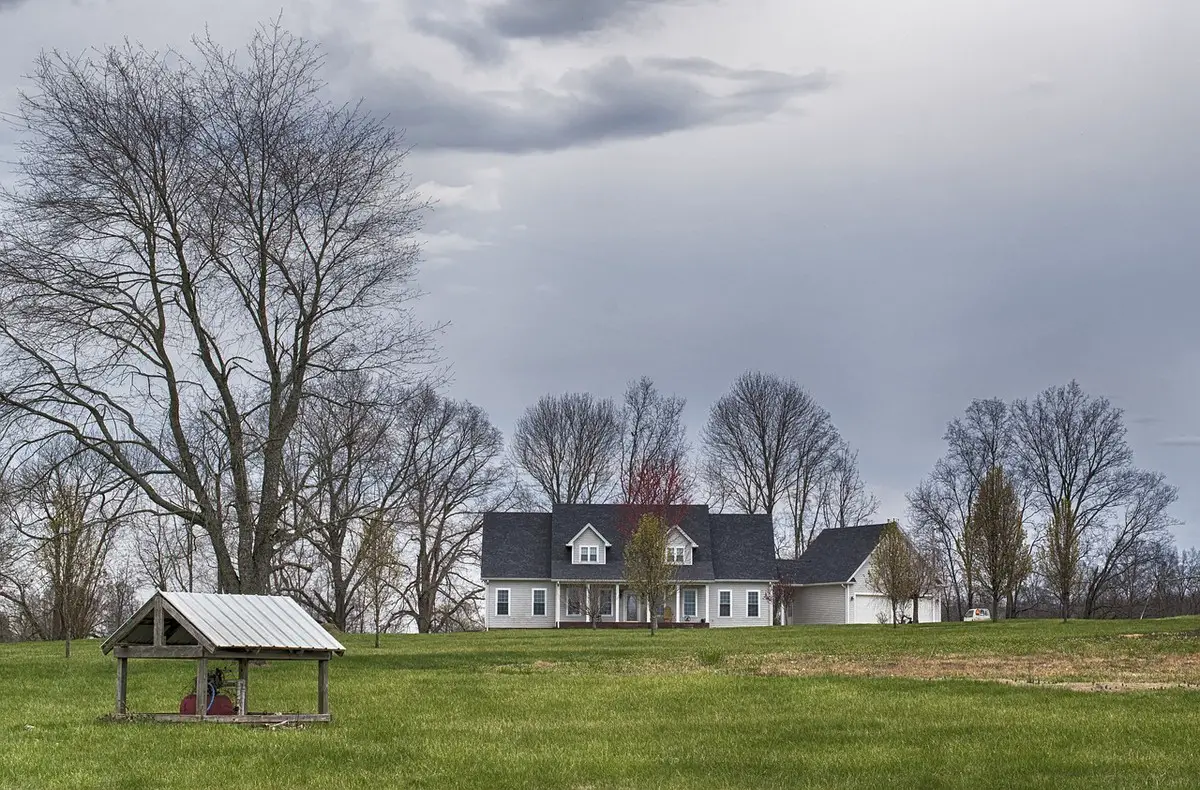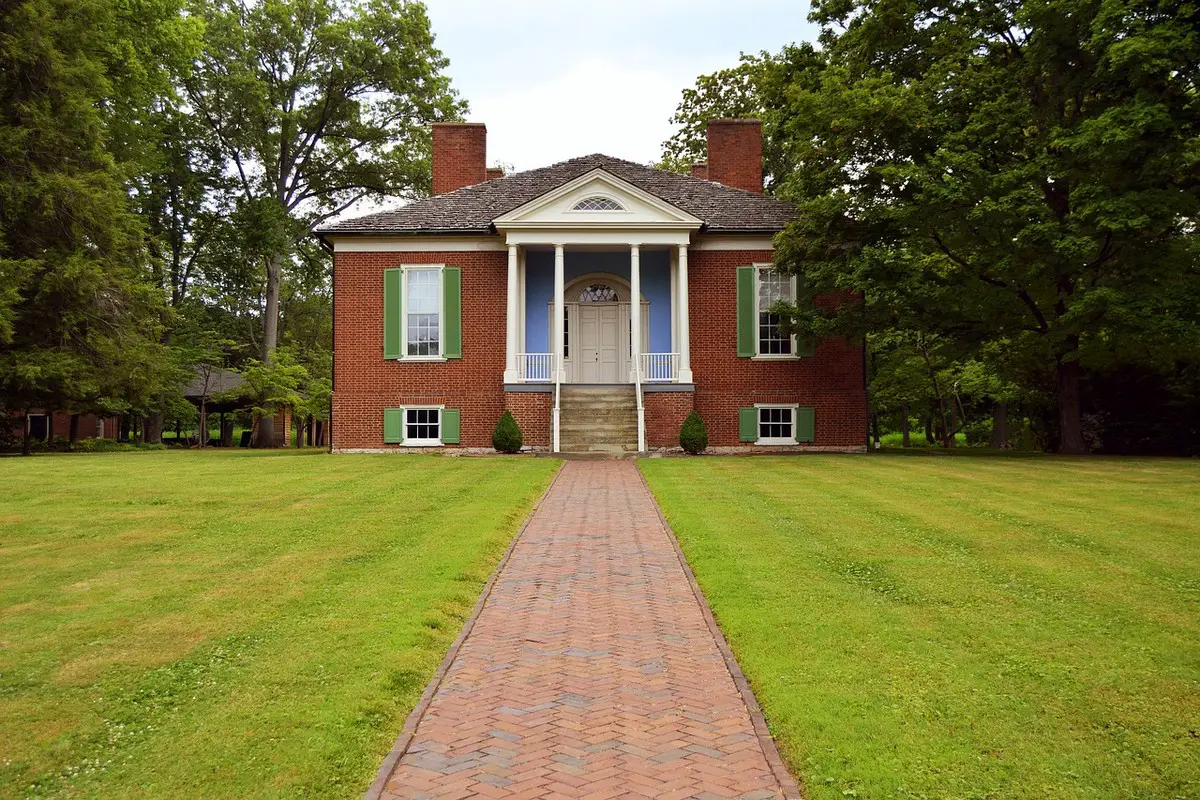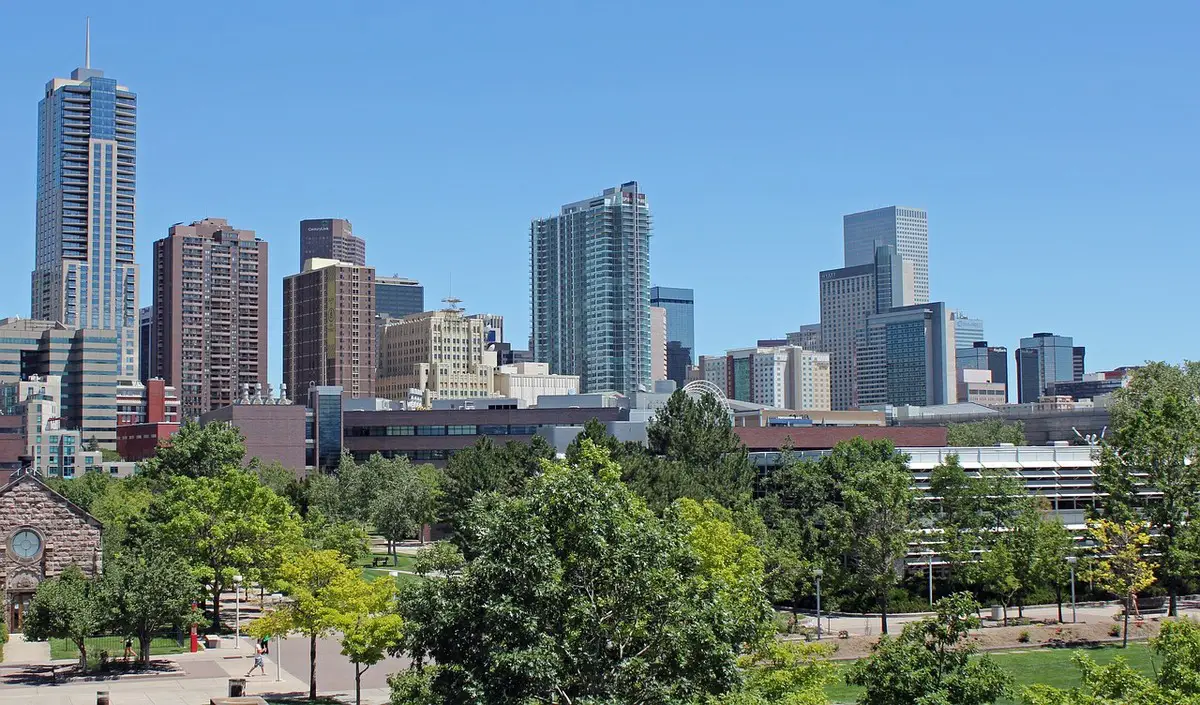How modern architecture is transforming old houses, Revitalizing Louisville KY, USA property build style, American construction
Revitalizing Louisville KY: How Modern Architecture Is Transforming Old Houses
February 29, 2024
Y’all, Louisville has some truly stunning old houses. Gorgeous Victorians, cute little row homes – these places have character and stories to tell from way back. But be real, with their tiny rooms, bad lighting, and ancient plumbing they ain’t always cut out for modern living.
Luckily, folks around here have figured out how to give these babies some TLC without losing their charm and history. Smart local developers like Cash Offer Kentucky – As Is House Buyers breathe new life into properties with remodels and updates tailored to how people live now. They honor the legacy while making the homes comfy, eco-friendly, and just plain awesome.
Preserving Louisville’s Distinct Architecture and History
If you head around Louisville, you’ll see killer adaptive reuse projects standing alongside new ultramodern buildings. The old architecture is getting revived in very cool ways. The past is blending with innovative design to create homes people actually want to live in.
Start wandering and you’ll soon realize the city boasts architectural treats you won’t find anywhere else. Intricate brickwork, stone accents, turrets, and towers reflect diverse influences. These range from Victorian to Federal styles. Inside, features like stained glass windows and parquet floors exude antique ambience.
These homes dominate Old Louisville. Once endangered by urban decay, this neighborhood underwent a major restoration effort and now contains America’s largest grouping of Victorian homes. From bold painted ladies to intricate Italianates, Old Louisville displays Louisville’s one-of-a-kind architectural aesthetic for all to enjoy.
Beyond Old Louisville, neighborhoods like Butchertown and Paristown preserve Louisville’s industrial heritage through old factories and warehouses. Though deteriorating, these hardy buildings offer the bones and patina of age to spark creative reimaginings.
Challenges of Outdated Home Features
While Louisville’s old dwellings ooze antiquated allure, their quirks often prove challenging for modern households. Outmoded layouts with warrens of tiny rooms frustrate open concept living aspirations. Shadowy interiors and maze-like halls block natural light from penetrating deep within.
Antiquated electrical, plumbing, and HVAC systems guzzle energy and frequently require repairs. Scant insulation accelerates heat loss through outdated single-pane windows and unsealed cracks. Lackluster environmental performance conflicts with sustainability goals.
Furthermore, the absence of ADA accommodations like ramps or lifts hinders accessibility and ages these homes in place. Narrow hallways and doorways prevent maneuvering assistive devices or furniture between rooms. Steep staircases make multi-level living difficult for reduced mobility. Without intervention, these dwellings deteriorate into obscurity.
The Artful Process of Adaptive Reuse
Breathing new life into Louisville’s aging homes involves a delicate balance between preservation and modernization. Adaptive reuse retains a building’s heritage while upgrading functionality for contemporary needs. Executed thoughtfully, refreshed homes induce historical essence through patinas of age and material authenticity.
Sensitive renovations honor a structure’s legacy by preserving or restoring distinctive features. Architects reinforce original layouts and thoughtfully insert modern interventions without disruption. Distressed surfaces receive gentle rehabilitation to stabilize and seal while retaining beloved imperfections that relay the journey of time.
Layers of history permeate throughout adaptive reuse homes, whispering stories through venerable bricks, weathered floorboards, and textured plaster walls.
Modernization While Retaining Heritage
Alongside retaining heritage, improving spatial flow and access to natural light transform dark, cramped houses into bright communal spaces. Strategic interior demolitions replace warrens of tiny rooms with open, interconnected living zones awash in sunshine. Skylights and glass atriums usher daylight into previously sun-deprived areas, banishing gloomy halls and chambers.
Integrating modern amenities enhances function and sustainable performance. Smart home automation neatly integrates behind historic facades to enable intuitive environmental and security controls. High efficiency HVAC systems and spray foam insulation maintain comfortable temperatures while reducing energy consumption. Solar panels and modern windows passively supplement household power and lighting needs.
Louisville Revitalization Showcases Ingenious Adaptive Reuse
Emerging Louisville architecture displays how ingenious adaptive reuse sustains cultural heritage while enhancing livability. The Bourbon Lofts on Main Street preserve an 1895 distillery into trendy apartment lofts steps from downtown. Exposed brick interior walls retain industrial flair while large windows flood the spaces with natural light. Rooftop terraces provide fresh air aside from panoramic views of Louisville’s skyline.
The Reid’s Livery Building transforms a deteriorating 1800s carriage factory and 20th century auto garage into a mixed-use hub housing office space, event venues and an educational museum. Salvaged timber, brick and metalwork punctuate sleek modern interiors and commercial glass facades to maintain the freight house ambience. An interactive history exhibit in the lobby engages visitors with the property’s rich legacy.
These projects exemplify how Louisville creatively evolves enduring landmarks into versatile places that enrich the urban fabric. Adaptive reuse sustains cultural identity by weaving the old into the new to foster compelling, livable spaces.
Why Historic Building Revitalization Matters
Beyond providing unique living spaces, reimagining Louisville’s aging buildings generates widespread benefits:
Preserving Cultural Heritage
Sensitive revitalization projects honor Louisville’s one-of-a-kind architectural lineage. By retaining beloved buildings, future generations may appreciate treasured vestiges of history interwoven with modern enhancements.
Environmental Sustainability
Refurbishing existing buildings has far less ecological impact than demolition and new construction. Adaptive reuse conserves energy and resources while reducing landfill contributions. Inserting green features like solar panels and modern insulation slashes environmental footprints.
Economic Growth
Breathing new life into underutilized properties attracts investment to previously struggling areas like Butchertown and Paristown. Neighborhood revitalization creates jobs while enabling small businesses, arts, and culture to flourish.
Livable, Accessible Spaces
Reimagined homes balance charm with upgraded layouts and accessibility to better accommodate modern families and visitors of all abilities. Once hindered by cramped outdated construction, Louisville’s old dwellings can now facilitate joyful, convenient living.
Setting a Preservation Vision
Successful building revitalization requires establishing a clear vision rooted in preservation and making sustainable homes. Key stakeholders including developers, architects, urban planners, historians, and community leaders should collaborate to define objectives. What heritage elements hold priority for retention? How can sustainability be enhanced? What cultural activities could the space incubate?
Crafting a shared vision grounds decisions in common values while gathering diverse expertise. Defining focus areas and success metrics guides the design process on upholding stakeholder aspirations. Revisiting the vision statement ensures the final product aligns with core revitalization goals. A thoughtful plan creates spaces cherished for generations.
Executing Sensitive Renovations
Realizing preservation goals hinges on construction choices balancing vintage preservation and contemporary function. Structural evaluations identify building health while informing stabilization solutions. Harmful materials receive abatement to mitigate environmental risks. Recommissioning mechanical, electrical and plumbing (MEP) systems streamlines sustainability; upgraded components embed behind historic finishes.
Fire protection integrates discreetly throughout the property. New interior configurations uphold Experts replicate heritage features and materials based on traditional regional techniques. Preserving original interior and exterior features maintains antiquated ambience. If deterioration overrides restoration possibilities, complementary elements emulate ancestral aesthetics.
Activating forgotten places transforms disused buildings into modern, safer structures imbued with cultural heritage. Those who commission and conduct historically sensitive renovations become stewards securing Louisville’s enduring architectural identity.
Community Revitalization Strategies
For long-term success, building reuse strategies must nurture community growth. Affordable housing policies attract working families seeking livable spaces conveying cultural heritage. Incubating small businesses and creative enterprises urges vibrancy while enabling upward mobility. Public gathering amenities foster community interaction through markets, performances and events.
Greenspaces encourage leisurely recreation and urban ecological restoration. Neighborhood partnerships amplify resources securing safety, cleanliness and opportunity. Investing in people unites them around renewed places holding meaning. Accessible community havens radiate inclusivity where all delight in the textures of time while shaping an equitable future Louisville.
The Louisville Free Public Library, when talking about community projects and community revitalization strategies, focuses on affordable housing, small business incubation, public gathering spaces, greenspaces, neighborhood partnerships, and investing in people to unite and strengthen the community.
Celebrating Collective Achievement
Preserving cultural heritage requires continued, collective effort. Honoring stewardship inspires future generations to sustain preservation victories. Architectural conservancies monitor endangered buildings while consulting revitalization projects.
Heritage education through exhibits, publications and youth programming underscores why preserving ancestral spaces matters—it links eras through shared experience embodied in enduring artifacts.
As a metropolis renowned for compassion and community, Louisville must lead by example with development upholding vibrant heritage. Each reawakened landmark commemorates the spirit of unity and service making preservation possible.
Repurposing Buildings to Ease the Housing Crunch
Finding an affordable place to live ain’t easy around Louisville these days. There just ain’t enough quality housing to meet the demand. But some clever folks are tackling this crunch by breathing new life into old buildings that ain’t being used.
Turning vacant commercial and industrial spaces into apartments through renovation projects adds awesome rental options without major construction. The Bourbon Lofts did just that, transforming an abandoned distillery downtown into loft-style units with cool rooftop hangout spots.
And there’s opportunity galore to redo empty warehouses, factories and more out in the neighborhoods too. Paristown’s old whiskey plants or Butchertown’s meatpacking sites could make hip residential spaces. This type of adaptive reuse helps the housing shortage without the waste and carbon footprint of tearing stuff down and rebuilding. Plus developers can get tax credits for preserving history.
So by reimagining Louisville’s unused buildings, designers ease the rental squeeze while keeping a bit of the past. It’s a win-win for affordable housing and sustainable growth. Everyone needs more of these smart reuse projects!
How modern architecture is transforming old houses – The Conclusion
Louisville contains a treasury of fascinating historic architecture that graces the streets with beauty and cultural heritage. While adapting old buildings for contemporary living poses challenges, sensitive redesigns sustain these vestiges of history for future generations.
The product of these skillful renovations provides a glimpse into Louisville’s promising architectural destiny. Here tired landmarks transform into beacons of sustainable culture that enrich the urban fabric. The past lingers in beloved imperfections, whispering secrets of years gone by. Present convenience and comforts meet timeless allure.
Together they welcome residents and visitors into spaces that graciously bridge the heritage and future.
Comments on this guide to Revitalizing Louisville KY: How Modern Architecture Is Transforming Old Houses in the USA article are welcome.
Custom Home Design
Custom Home Designs
Designing Your Custom Home and Build Plans
How to build your own custom home
Benefits of Using a Realtor When Building a Custom Home
Property Articles
Residential Architecture
Comments / photos for the Revitalizing Louisville KY: How Modern Architecture Is Transforming Old Housesr, USA advice guide page welcome.







